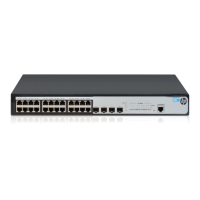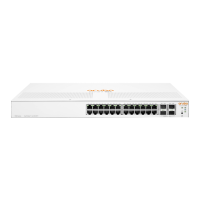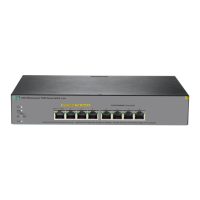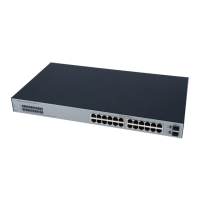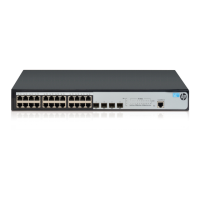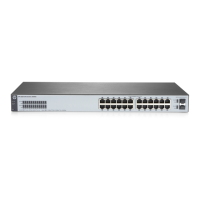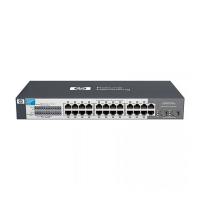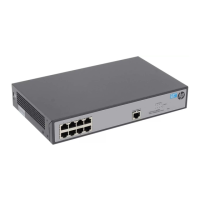Unit of Packets
Specify the unit for data packets sent to the RADIUS server:
• One-packet
• Kilo-packet
• Mega-packet
• Giga-packet
Security Policy Server Specify the IP address of the RADIUS security policy server.
Table 120 Relationship between the real-time accounting interval and the number of users
Number of users
1 to 99 3
100 to 499 6
500 to 999 12
≥1000 ≥15
RADIUS configuration example
Network requirements
As shown in Figure 419, the RADIUS server runs on IMC. It contains the telnet usernames and passwords,
and uses the default authentication port, default accounting port, and the shared key expert for packet
exchange with the switch.
Configure the switch to implements RADIUS authentication and online time accounting for Telnet users,
and to remove the domain name of a username before sending it to the RADIUS server.
Figure 419 Network diagram
Configuration procedure
1. Enable the Telnet server function, and configure the switch to use AAA for Telnet users. (Details not
shown.)
2. Configure IP addresses for the interfaces. (Details not shown.)
3. Configure RADIUS scheme system:
# Configure the RADIUS authentication server.
a. Select Authentication > RADIUS from the navigation tree.
The RADIUS server configuration page appears.
b. Configure the following parameters, as shown in Figure 420.
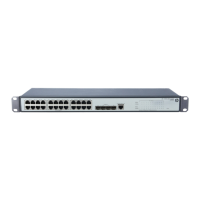
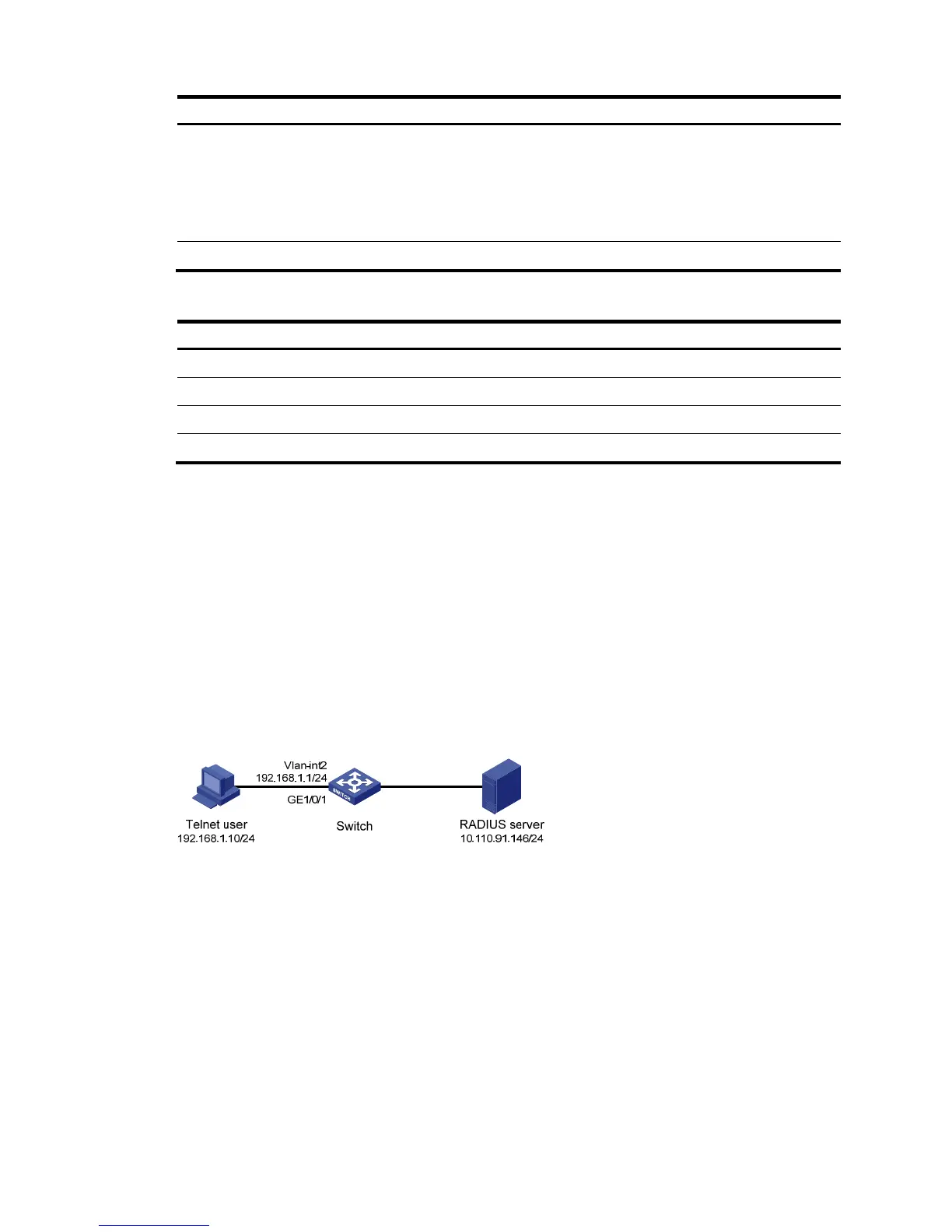